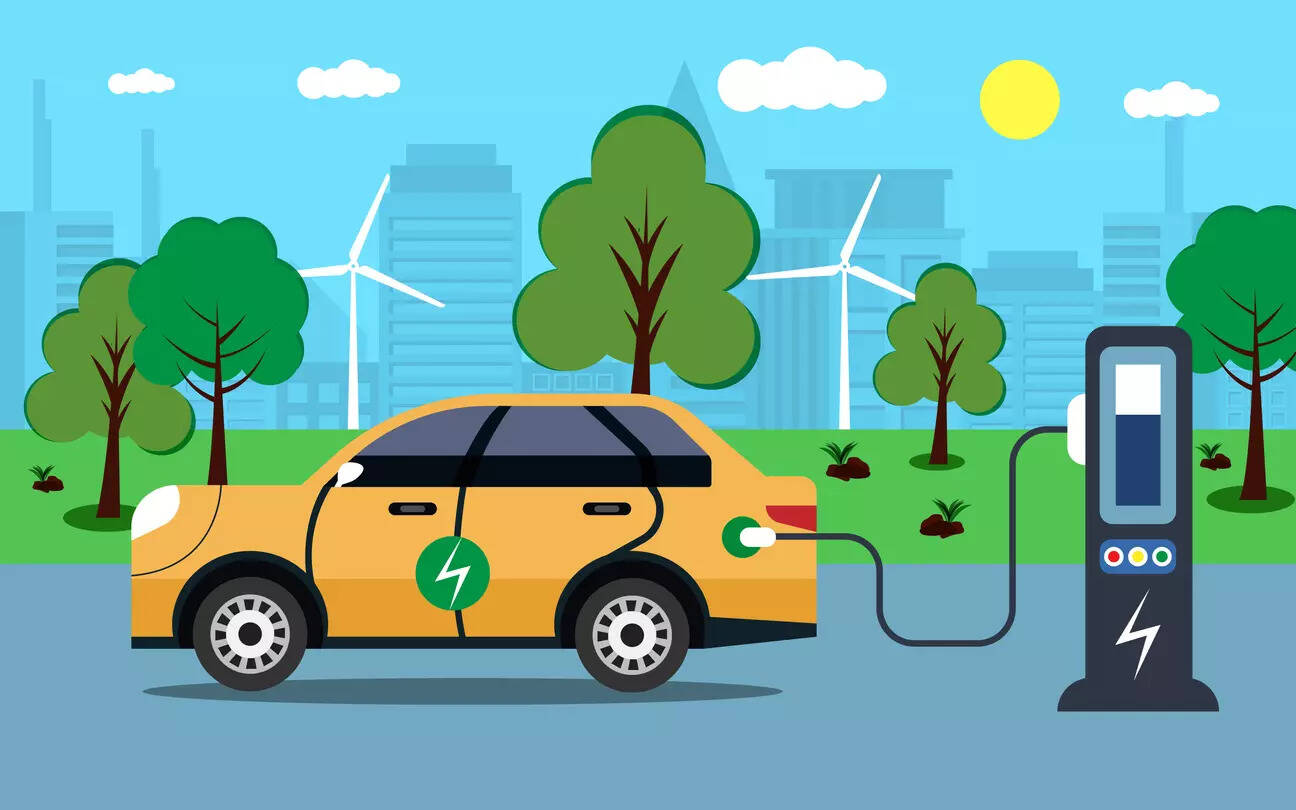
Tata Power inaugurated Mumbai’s first premium MegaCharger hub near the city airport on Tuesday, adding to its 1,000-plus charging points in the city. The facility, developed with Tata Passenger Electric Mobility, features eight fast DC chargers with 16 bays, aiming to cut wait times for private and fleet EV users.
However, as infrastructure expands, a shortage of skilled manpower threatens to slow momentum. A recent whitepaper by The Energy and Resources Institute (TERI) and Mercedes-Benz Research and Development India estimates that India will need between 1 lakh and 2 lakh trained professionals by 2030 to manage charging stations.
The whitepaper highlighted the critical role of charge point operators (CPOs), who form the backbone of this infrastructure, in India’s transition to electric mobility. It identified the lack of hands-on training opportunities, standardised training modules for CPOs, and the shortage of qualified trainers who understand both technical and operational aspects of EV charging infrastructure among the top barriers in skilling CPOs.
Public charging points grew sharply, from just 25 in 2015 to nearly 30,000 by August. Yet, to meet the government’s target of a 1:40 charger-to-EV ratio, the country must add about 400,000 new chargers every year this decade.
That scale-up, experts say, cannot happen without a parallel build-out of human capital. Exicom’s Electric Vehicle Supply Equipment unit CEO Anshuman Divyanshu told TOI that the skill challenge is no longer limited to basic electrical work. The role of a charging technician now cuts across high-voltage systems, software, and connectivity.
“Fast, reliable charging infrastructure is at the heart of India’s EV transition. But that ambition will ultimately be measured not just in megawatts installed, but in the expertise that keeps those megawatts running reliably,” he said.
Divyanshu added that Exicom invested in structured training because, as he put it, “the pace of talent readiness still lags deployment.” In his view, building a talent pool has to run in parallel with hardware installation if adoption is to accelerate at scale. Kazam founder and CEO Akshay Shekhar described the realities outside metro markets as mixed.
Finding electricians through ITIs or local institutes was not difficult, he said, but specialised EV skills remained limited. “Many avoid critical but labour-intensive tasks like earthing, and not all are consistent with SOPs,” he told TOI.
Shekhar also pointed out that technicians in tier-2 and tier-3 cities often lacked exposure to quality standards, soft skills, and even the basics of using proper tool kits. Despite these gaps, Shekhar said there was a strong willingness to learn. He cited Kazam’s training of more than 500 technicians in smaller cities, many of whom are now supporting industry growth.
“With the right training and certification, this workforce can truly become the backbone of India’s EV charging rollout,” he said. The TERI-MBRDI study highlighted that most Industrial Training Institutes still lack EV-specific curricula, forcing charge point operators to rely on in-house skilling.
It warns that gaps in diagnostics, safety standards, and digital integration could slow India’s ability to sustain its infrastructure build-out. India’s EV sector is projected to create 1 crore direct jobs and 5 crore indirect jobs by 2030. Industry voices caution that unless technician training keeps pace with charger deployment, the risk is not under-investment in hardware, but under-preparedness in the workforce needed to keep that hardware running.
The expansion of the EV charging network will take place in a staggered and predictable manner, giving enough time to train manpower. Many of the required skill sets already exist in adjacent sectors,” said Kunal Khattar, founding partner of AdvantEdge.
He added that charging infrastructure is likely to see lower operating costs over time as technology enables unmanned stations. Petrol pumps, he said, could play a key role in scaling the network. “They can add charge points as demand rises, and since they already have manpower on site, there is no incremental investment required,” Khattar noted.
